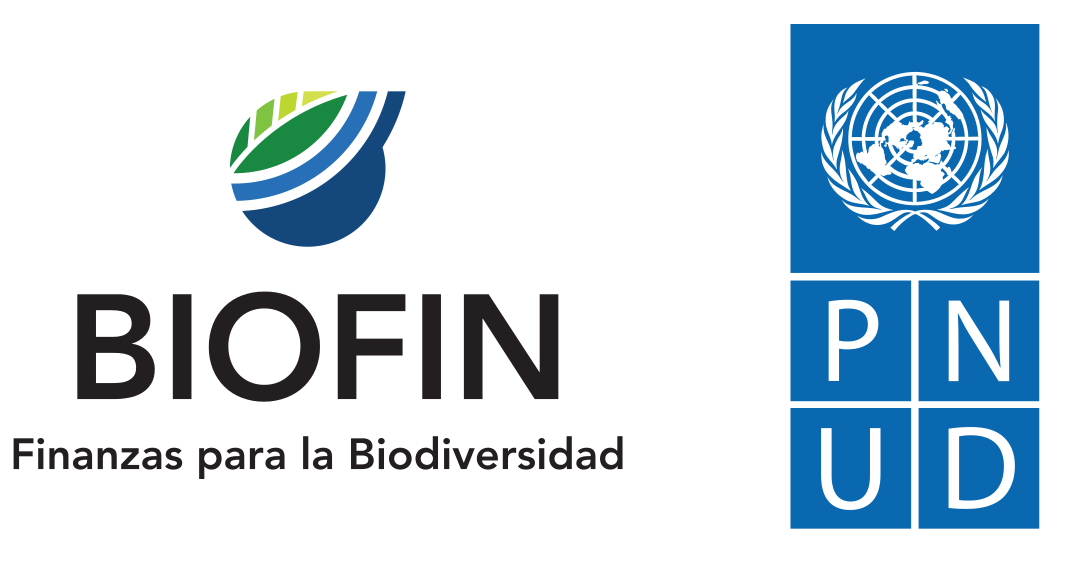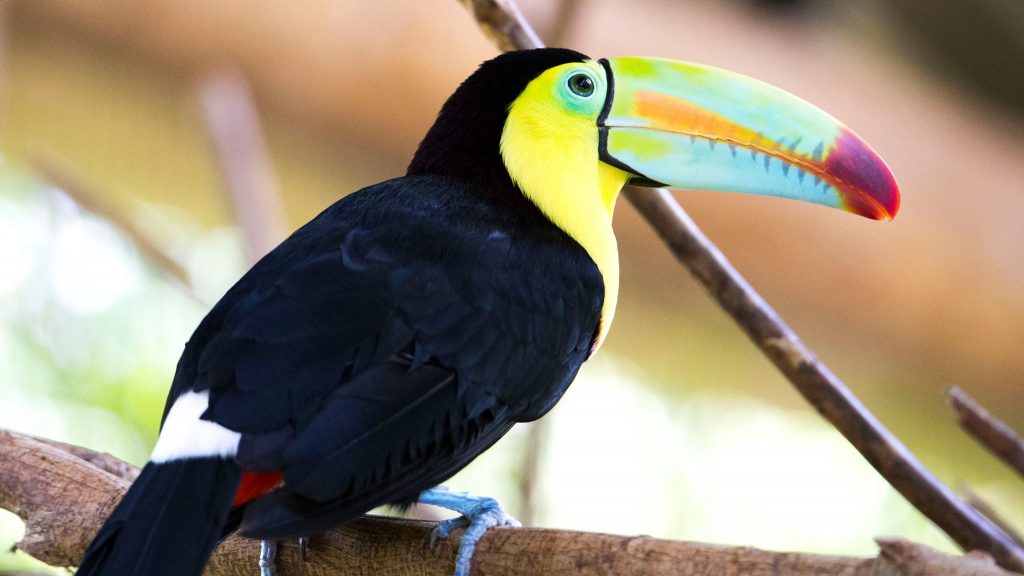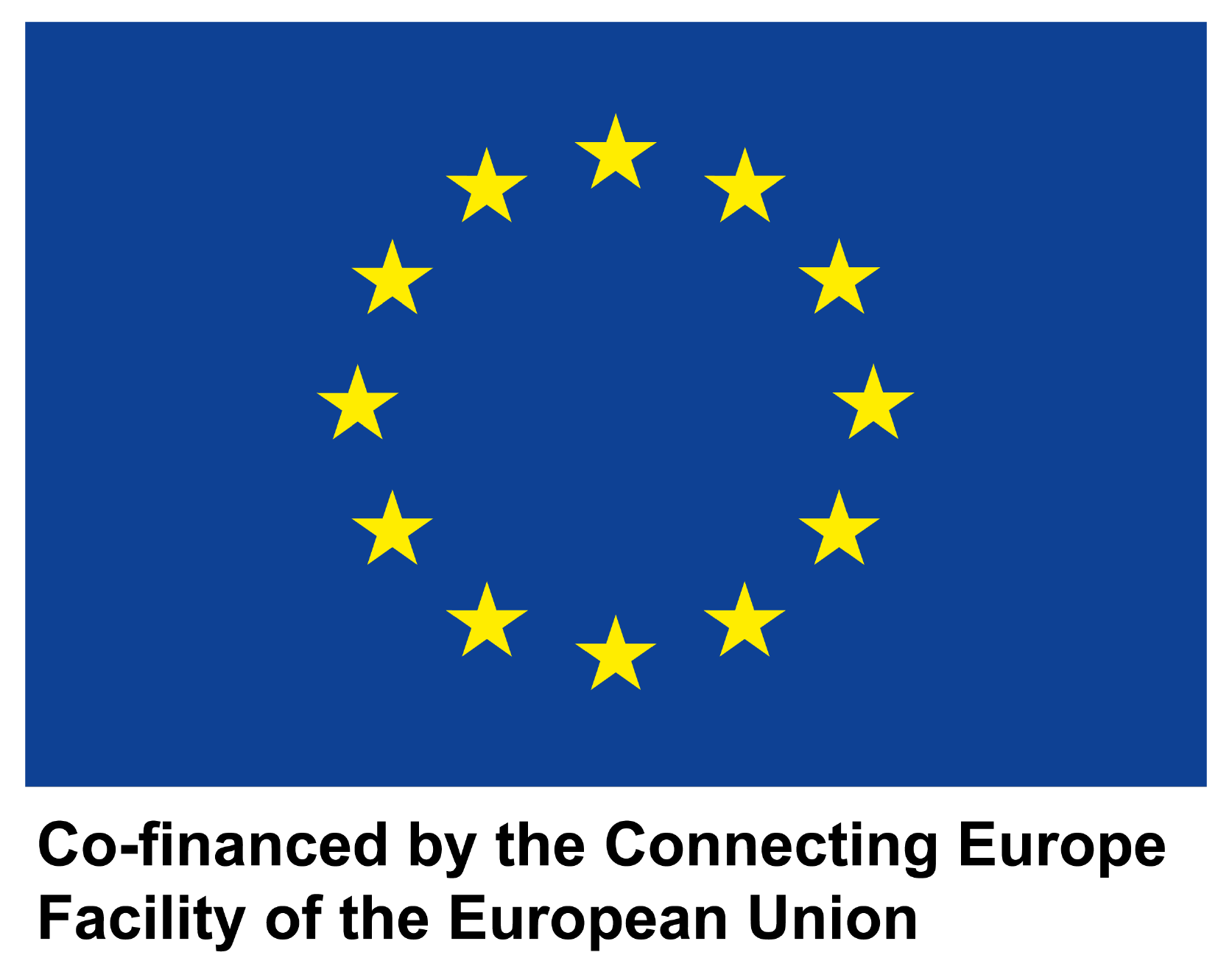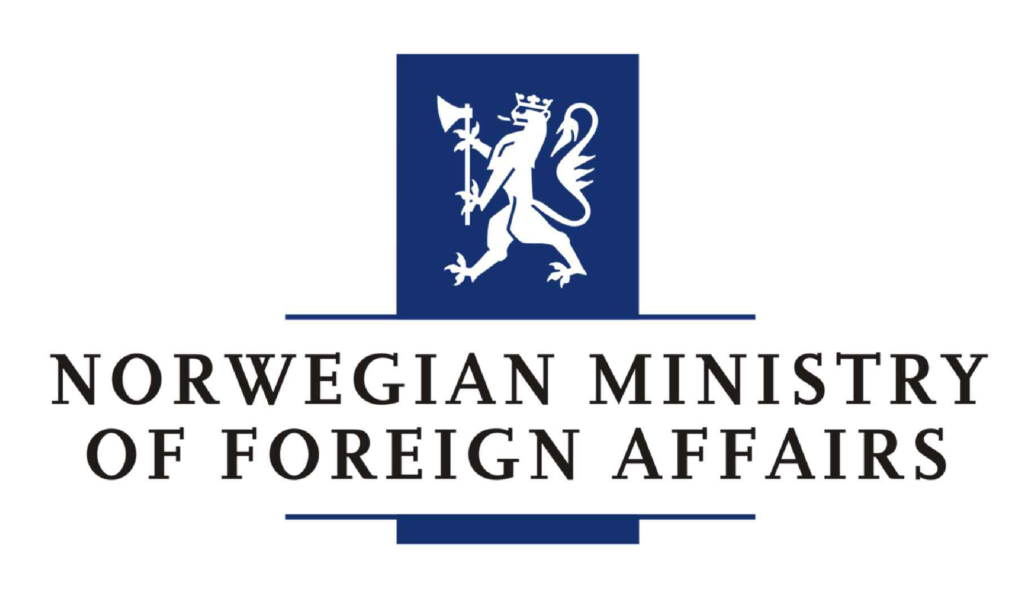Photograph by Andrés Lizano
San José, May 28 (elmundo.cr) – The Ministry of Environment and Energy (Minae), and the United Nations Development Program (UNDP), presented on Monday the results of the Sixth National Report on the State of Biodiversity (6IN), in compliance with the provisions of the Convention on Biological Diversity (CBD), an international agreement ratified by 196 Parties.
The Minister of Environment and Energy, Carlos Manuel Rodríguez highlighted the relevance of the 6IN as it is an exhaustive analysis of the state of the country’s biodiversity that, in addition, allows reporting on the progress in the National Biodiversity Strategy 2016-2025 and the Aichi Goals that set 20 international commitments on biodiversity.
Minister Rodríguez indicated that “Costa Rica has already committed to the Convention on Biological Diversity to reach a goal that we call 30/30, which means 30% under the system of protected areas to protect terrestrial ecosystems and 30% of marine and coastal ecosystems. under a protected area or other mechanisms for the sustainable use of biodiversity ”.
“However, this is not enough, therefore, Costa Rica aspires to reach 60% under forest cover, a goal articulated with our De-carbonization Plan and which represents the restoration of 400,000 hectares of forest,” he added.
Main results of the state of biodiversity in Costa Rica
Coverage of protected areas and dry forests increases
Among the findings of the 6IN, it stands out that the country increased to 26.51% the protected land area and 2.75% its marine area with the creation of two new marine protected areas in 2017 and 2018. This 27.41% of national space conserves 74% of the key areas for biodiversity identified worldwide and are habitats for more than 120 thousand species known to the country – about 6.5% of the world’s biodiversity.
Despite the fact that the country made progress in the recovery of dry forests, while maintaining the coverage and distribution of montane forests, such as páramos, compared to what was reported in the previous period, the challenge of restoring one million hectares of ecosystems persists. terrestrial for 2020. In the period 2014-2018, it has advanced by 35%.
“The National Biodiversity Strategy of Costa Rica and the Strategic Plan for Biological Diversity reflect an average advance of 30% according to the indicators proposed at the national level, a sustained effort in the consolidation of the System of Conservation Areas and in the generation incentives and productive activities such as sustainable tourism among many others; However, this progress is important but requires an increase in actions to counteract the loss and deterioration of biodiversity, as well as its ecosystem services, according to the warning signs presented in this Report, essential for our well-being and sustainable development in Costa Rica. ”, Indicated Pamela Castillo, Vice Minister of Environment.
“The results of the Sixth Report are a very important basis for decision-making, and for taking appropriate action to meet the goals set for the country,” added the vice minister.
For his part, José Vicente Troya, UNDP Resident Representative congratulated Costa Rica for presenting its state of biodiversity to the world.
“Healthy ecosystems provide immensely valuable cultural, regulatory, support, and provisioning services for countries, including mitigating climate risks and vulnerabilities. It is estimated that, globally, nature provides services worth approximately $ 125 trillion a year. This day is an unprecedented day at the global level because Costa Rica is presenting its report on the state and conservation of biodiversity. We are honored to support these efforts, ”said Troya.
Mangroves, tropical rainforest, reefs and seagrass decline
According to the 6IN, the state of the mangroves, the tropical humid forest and the coastal marine part show loss of coverage or deterioration.
The mangrove and humid forest ecosystems report a decrease in their conservation status and coverage, and the most affected areas are Guanacaste, Huetar Norte and Tortuguero, the report details.
In the coastal marine environment, mangroves, reefs and seagrasses show a decrease in coverage. The swamps and lagoons report a deterioration trend. An opportunity that presents itself in this regard is the conservation and monitoring of groups of species such as corals, cartilaginous fish, amphibians, birds and mammals.
Similarly, it is considered essential to strengthen the actions indicated by the International Coral Reef Initiative (ICRI), which Costa Rica joined in 2016, to promote coral restoration throughout the country.
The challenge persists due to the increase in the use of pesticides
The only national goal that reports a decline is the one that refers to the decrease in the use of agrochemicals, since rather the remnant of pesticides in the country increased by 8%, warns the Sixth National Report on the Status of Biodiversity.
The foregoing is associated with the chronic lack of regulatory plans in the different cantons of the country, which favors a wide lack of protection of the elements of biodiversity and a discretion and legal insecurity in the different activities that take place in a territory, says the report .
Indigenous participation and gender equity integrated into the Sixth Report
In the process of preparing the Sixth Report, 184 people participated, of which 51% were women from government institutions, the academic sector, civil society, and 46 leaders (20 women and 26 men) from 18 territories and 6 indigenous peoples were also involved. Likewise, the participatory process included 7 training sessions on gender and biodiversity.
Costa Rica has been a pioneer in matters of indigenous peoples and biodiversity. A milestone is that, since 2018, the country has had the General Mechanism for Consultation with Indigenous Peoples, the first in Latin America developed under the standard of “consultation on consultation”, originated in recommendations of the Office of the Special Rapporteur on Indigenous Peoples of the UN.
It is also important to highlight that the Sixth Report contains the gender analysis for each of the 23 global goals of the National Biodiversity Strategy (ENB), and systematizes 23 identified case studies that contribute to understanding and making visible the route for the integration of gender in biodiversity management.
Original note:elmundo.cr – Costa Rica presenta avances, desafíos y oportunidades sobre su estado de la biodiversidad.







